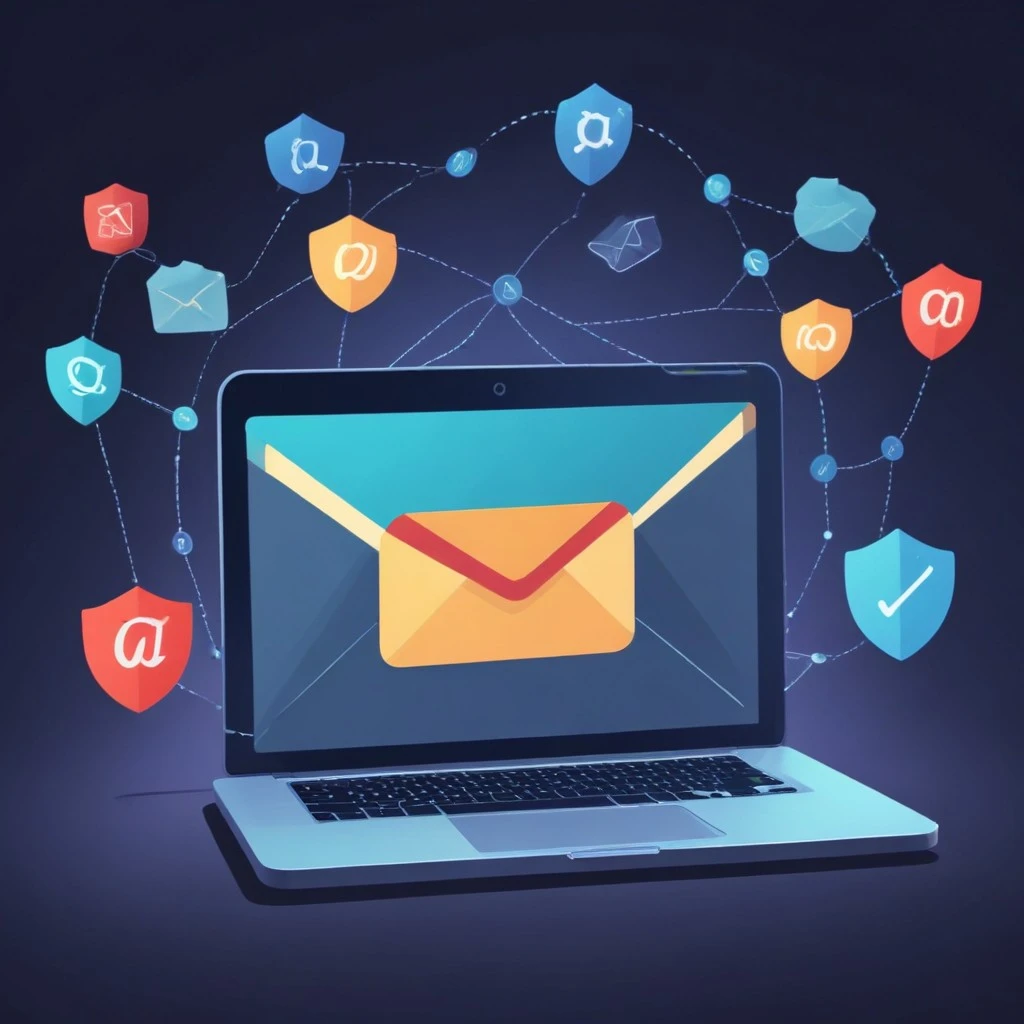
What are the limitations of using email aliases?
In the hustle and bustle of our digital lives, finding ways to streamline communication is essential. Email aliases can be a powerful tool in this endeavor, helping us organize and manage our incoming messages with ease. However, just like any handy gadget, they come with their own set of quirks and limitations.
Think of email aliases as a versatile backpack; while it can hold various items and make traveling lighter, it might not have enough space for everything you need. These aliases can filter spam and keep your primary address private, but there are times when they may not be the best fit for your needs. If you’re new to the concept of email aliases, you can explore more in our article, What are email aliases.
As we navigate this topic, let’s uncover some of the limitations that come along with these useful tools.
Limited Functionality
While email aliases offer several benefits, they are not without their constraints. One primary limitation is their basic functionality. Unlike a separate email account, an alias does not provide a distinct inbox or additional storage. Imagine trying to organize your kitchen with just one drawer; it can get cluttered and chaotic quickly. Similarly, relying solely on email aliases can lead to confusion and inefficiency.
For instance, if you use multiple aliases for various subscriptions or services, all emails will still land in the same inbox. This can make it difficult to track conversations or find important information quickly. Think about the last time you had to sift through a mountain of emails just to find one critical message—it’s time-consuming and often frustrating.
Risk of Confusion
Another limitation of using email aliases is the potential for confusion in communication. When you have multiple aliases, it can be easy to lose track of which alias is associated with which purpose or sender. Picture this: you’re at a busy café, trying to catch up on emails, and suddenly you’re faced with a dozen messages all coming from different aliases. It’s like trying to find your way through a maze without a map.
This confusion can lead to missed messages or important updates slipping through the cracks. For example, if you use an alias for a specific online service but forget which one you used, you might miss out on critical account notifications or promotional offers. The key here is to maintain organization and clarity in your email management strategy, or else the aliases can become more of a hindrance than a help.
Limited Functionality with Certain Services
While email aliases can enhance your privacy and organization, they may not work seamlessly with all services. Some platforms and websites might not recognize or accept email aliases, treating them as suspicious or invalid. This can be frustrating, especially when you’re eager to sign up for a service or newsletter and find yourself blocked due to your alias. It’s like trying to enter a club with a dress code you didn’t know about—you’re left standing outside, wondering what went wrong.
For instance, if you attempt to register for an online event using an alias, and the platform doesn’t recognize it, you may need to use your primary email instead. This can defeat the purpose of using an alias for privacy. To navigate this limitation, it’s wise to research services beforehand to see how they handle email aliases.
Potential for Spam Mismanagement
Finally, while email aliases can help manage spam, they can also inadvertently lead to mismanagement of unwanted emails. If you use a different alias for every newsletter or promotional sign-up, you might find yourself juggling a growing list of aliases. Over time, managing these can become overwhelming, much like trying to keep track of multiple subscriptions when you just wanted to simplify your inbox.
Moreover, if an alias gets leaked or sold to marketers, you may find yourself bombarded with spam emails that were meant to be filtered out. This highlights the importance of choosing reliable services for your aliases and regularly monitoring and cleaning up your email addresses to keep your inbox clutter-free.
Conclusion: Navigating the Limitations of Email Aliases
In summary, while email aliases offer a range of benefits—from enhanced privacy to better organization—they come with their own set of limitations. Understanding these can help you make informed choices about when and how to use them. Remember:
Dependence on Primary Email: Email aliases require a primary email account for management, which means you still need to keep your main inbox secure and organized.
Compatibility Issues: Not all services accept email aliases, which can sometimes hinder your ability to sign up or engage with certain platforms.
Mismanagement Risks: Juggling multiple aliases can lead to confusion and overwhelm if not managed properly, especially if spam finds its way through.
To effectively utilize email aliases, consider establishing a system that works for you—perhaps by categorizing your aliases based on purpose, such as shopping, newsletters, and personal correspondence. This can help mitigate confusion and enhance your overall email experience.
If you’d like to dive deeper into the world of email aliases and explore more tips on how to maximize their potential while navigating the pitfalls, check out our other articles. They cover everything from managing spam to understanding the privacy advantages of using an email alias. Happy emailing!